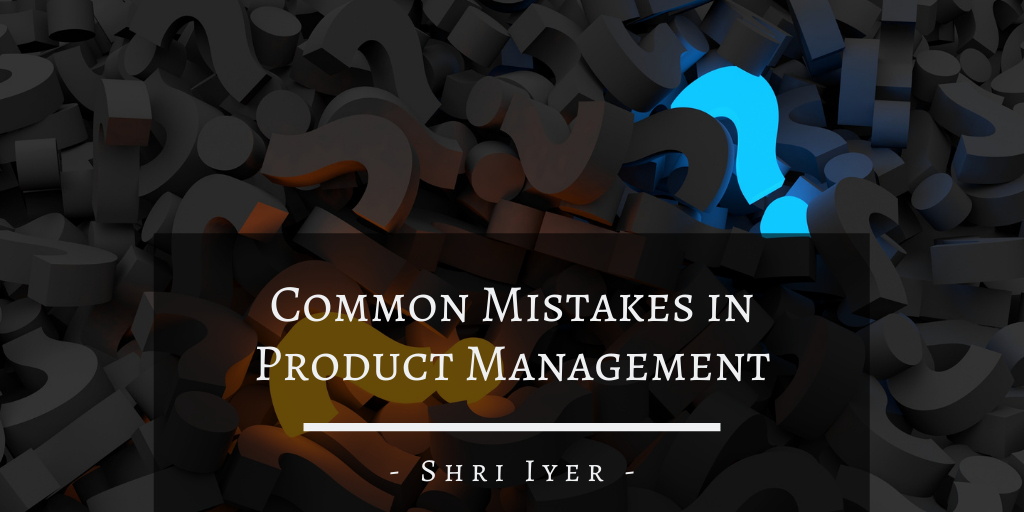Human error is unavoidable, even in controlled environments. Product Managers, who balance countless variables and juggle responsibilities, are just as likely to slip up as anyone else. Still, PMs should recognize common errors and identify them before they happen. That way, they avoid pitfalls that have trapped so many PMs before them.
Losing Sight of the Customer
Product Managers are cheerleaders for products. However, they shouldn’t be blinded to clear faults and issues. What you want as a Product Manager will differ from what a customer and end-user will want.
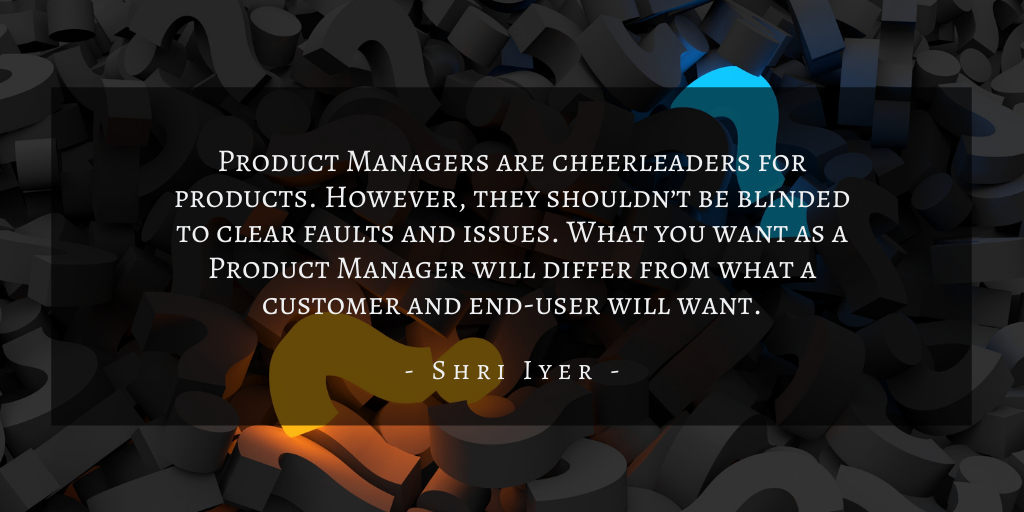
Valentin, CMO of airfocus, has written about the difference between customer wants and genuine innovation. “Most customers aren’t engineers or designers,” Valentin writes, “it’s not their job to think innovatively.”
While user insight is essential for producing the best final product possible, Product Managers have the responsibility of giving customers something new, fresh, and completely unexpected, while at the same time offering utility and simplicity.
Craft CEO Elad Simon echoes this sentiment in his writings on Product Management mistakes:
“In the hectic process of product development, it’s easy to forget that your users don’t actually care about your product. People everywhere want solutions for their problems and will spend money on products that suit their needs.”
At times, Product Managers may even confuse themselves with the customers. Product thought leader Marty Cagan highlights an irrefutable fact that plagues many products: “So many products today are unusable to all but the product’s creators.”
Usability testing and feedback collection serve as safeguards against this erroneous perception but are often implemented too late in the process to truly be effective. Product Managers must remember, from the moment they start on a product, that they are not a proxy for a target customer. They are a cheerleader for the product, which comes with its own set of biases. Gather external data from the start, and you can more accurately set your expectations.
Losing Sight of Value
Too often, features become synonymous with benefits; in reality, feature bloat creates unnecessary clutter for products and negatively impacts user experience. Identifying valuable aspects of a product is a tricky process. It’s easy to prepare yourself against shiny object syndrome, but it’s also easy to conflate value with innovation, features, and novelty. That’s not to say new features are bad—sometimes, a bit of creativity can get buyers’ attention. Even so, an abundance of benefits doesn’t always create a better product. Feature bloat oversaturates products, leading to less friendly UX and overall dissatisfying experience.
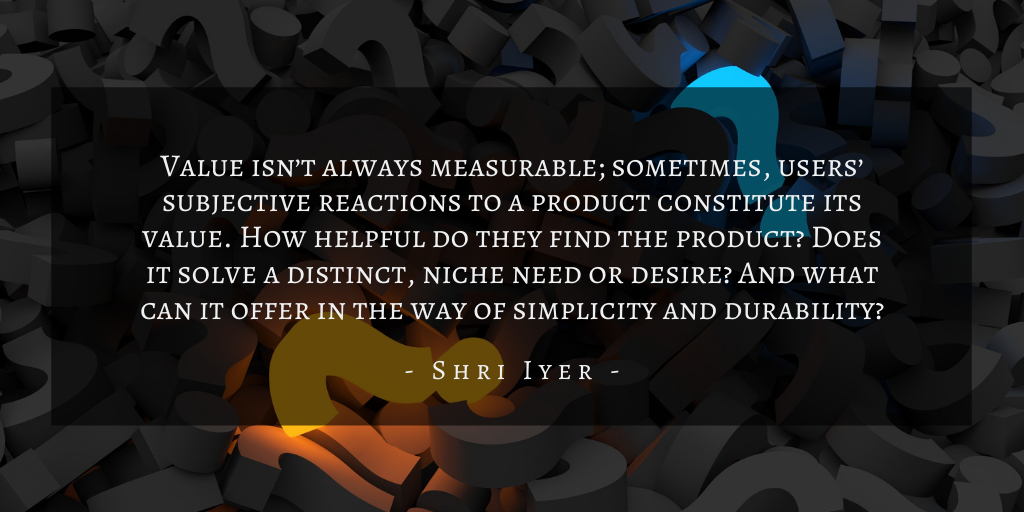
When adding a feature to a product, remain critical. Is this feature going to remedy a current issue? Or will it create new ones? You can hang a framed photo over a hole in the wall, but it won’t change the fact that the hole exists. When winter comes, and your house is draftier than usual, you’ll wish you’d patched the hole with plaster and paint instead of an oil-on-canvas landscape.
Value isn’t always measurable; sometimes, users’ subjective reactions to a product constitute its value. How helpful do they find the product? Does it solve a distinct, niche need or desire? And what can it offer in the way of simplicity and durability?
Losing Sight of Benefits
The previous section dealt with value and its lack of correlation with features. In the same vein, PMs should remember that features are not the same as benefits. Features, benefits, and value are three points of a triangle, closely related but not intersecting. Features may provide benefits, such as simple interfaces giving way to better UX, but those features are not benefits by nature. Again, several features may provide individual benefits, but as a collective, they can make the product appear muddled.
In fact, buyers and users aren’t going to care about the features of a product. They can read about the specs ad nauseam, but what customers want—and need—is an overview of the benefits. Why is the simplified interface beneficial to your target demographic? How does each feature make their lives easier?
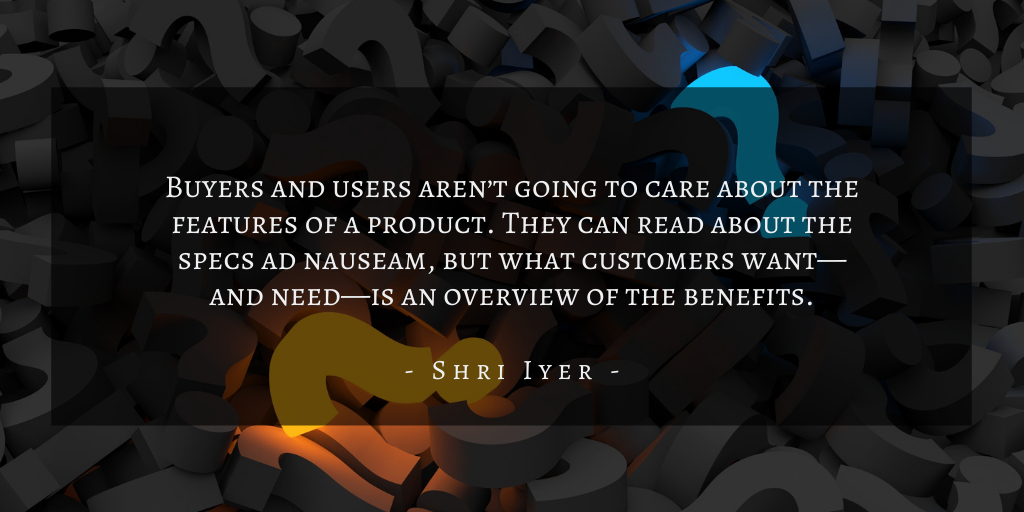
Features shouldn’t be added to a product unless they provide a unique, applicable benefit. Daniel Elizalde explores the role of feature prioritization in creating a great product:
“In many cases, the struggle to prioritize features is just a symptom of something bigger. The real problem is usually lack of strategic vision or direction.”
That vision should be of a solution to a common problem plaguing your target market. That direction should lead towards innovation—not just features haphazardly slapped onto a product!
Losing Sight of Success
Success is a rather nebulous concept and one that is extremely difficult to measure. It’s easier, to define what success is not—success is not a product’s launch. While rave reviews and meeting deadlines are successful moments for developers, they do not signify a product’s independent success.
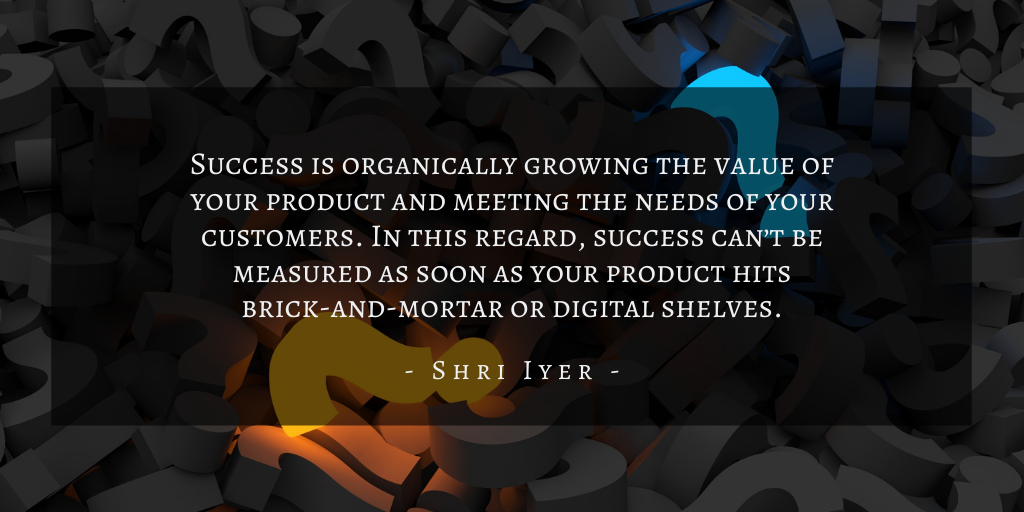
A product’s launch is simply the next stepping-stone in its development. Upon release, products need to sell—at least, that’s what PMs hope for! In order to sell, products have to win customers over. They have to appeal to buyers and end-users. They must show growth and the potential for more growth.
Success is organically growing the value of your product and meeting the needs of your customers. In this regard, success can’t be measured as soon as your product hits brick-and-mortar or digital shelves.
Avoiding Mistakes
While some mistakes are unavoidable, sneaking up on PMs and not showing their faces until it’s too late, others are common enough that warning signs can be spotted. Remain diligent and critical of your product. Still, stay positive and remember that you can always bounce back with a bit of ingenuity.

